AAP Govt’s free public transport move for women could set a policy benchmark across genders and cities
Is poverty the price of prosperity? Paradoxical as this may sound, the experience of both developed and emerging economies seems to reinforce this reality. This is especially true for vast metropolitan conglomerations such as Mumbai, Mexico City, Manila and increasingly Delhi. The overcrowded slums in these cities coexist cheek-by-jowl with serenely decked-up bungalows that house the rich, the powerful and the beautiful. The neighbourhood slums or multi-storey ghettos exist to service the “other half” so to speak. This stark class differentiation compels city administrations to devise policies to cater to the conflicting needs of rival sections. The Delhi government’s controversial move to make public transportation free for women comes in the category of such a contradictory policy. Predictably, its intended beneficiaries have welcomed it, but the rest are miffed. Critics say women should not be specially favoured in the age of gender equality, while its proponents assert that the city administration must be responsive to the financial and security concerns of women commuters. A more widespread charge against the Aam Aadmi Party (AAP)-led Government of the National Capital Territory of Delhi is that it has been overtly populist and opportunistic by announcing this move just a few months before the City-State’s Assembly election. It would, however, be unfair to blame AAP as even the biggest national parties such as the Congress and BJP have both indulged in the same. In fact, Delhi is relatively prosperous compared to most States of the Union and can afford a fair degree of populism. It is also a fact that Delhi’s two-crore plus population is highly disaggregated with thousands of poor people from neighbouring States migrating almost daily. India is a free country in which there are, rightly, no curbs on internal migration unlike, say, China.
Will this help decongest the Capital’s overburdened roads? In all probability — No. But it will definitely help working woman commute at lesser cost while their greater numbers should make metro coaches safer for travelling. If this experiment succeeds as it surely will, a debate on making public transport free for all must follow. Arguably, it was once a socialist ideal and socialism itself has been thrown out of the window almost everywhere in the world. But when public transport was virtually free in Socialist Bloc countries, the world was far less prosperous than it is today. In fact, the gains of capitalism allow us to adopt more socialist policies than hitherto conceivable. Running public transport should not in any case be guided by the idea of profit and loss. The state has certain responsibilities towards its citizens and providing affordable and efficient public transportation in all large urban conglomerates is one of its duties. This point was emphasised by none other than India’s own Metro Man, E Sreedharan, who was highly critical of the public-private model adopted for Hyderabad. He said that public transport infrastructure is very expensive and recovering costs both of construction and operations through fares is simply not possible. So subsidies are a must. The question is how much subsidy is the optimum. That in turn depends on its objective. If the idea is to facilitate urban commuting and help generate more from the work force, the state must look upon public transport infrastructure as investment in economic growth. There was a time when peak hour traffic in Beijing consisted of pedestrians, metro commuters and bicyclists. Cars were few and far between. Today traffic jams in the Chinese Capital are as bad as New York, suggesting a degree of prosperity unthinkable even two decades ago. Traffic explosion may be the downside of prosperity, but that does not mean we adopt Pol Pot-like measures to stymie growth. Therefore, a subsidised growth model is a must for metro rail if our urban hubs are to prosper. Delhi, with its visionary Chief Minister is probably the right man to lay the footprint for a free yet viable metro network in all major cities of India.







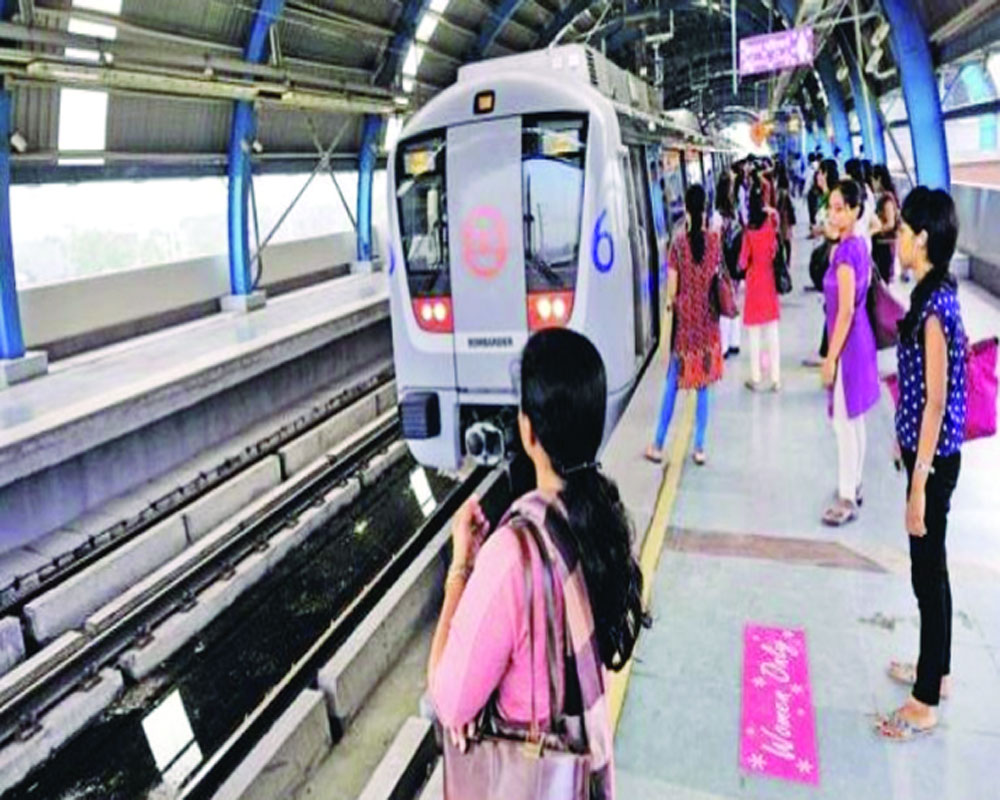
 OpinionExpress.In
OpinionExpress.In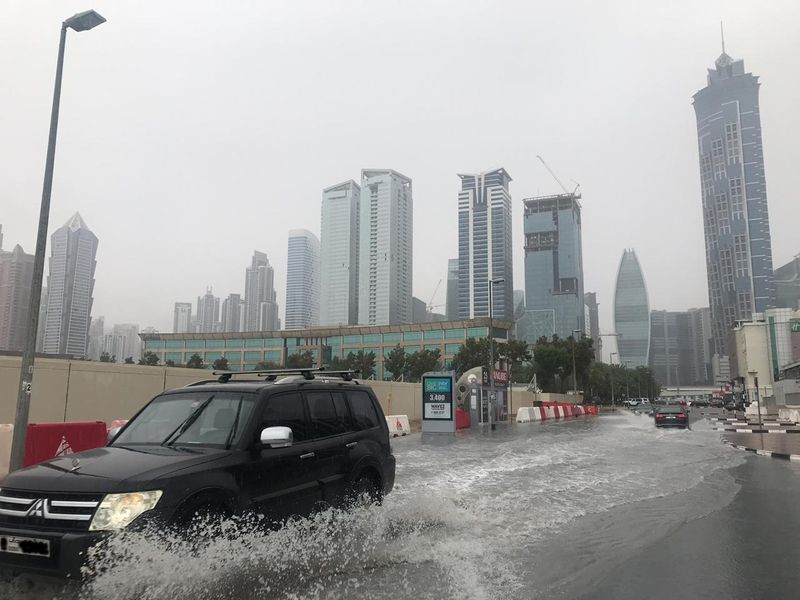
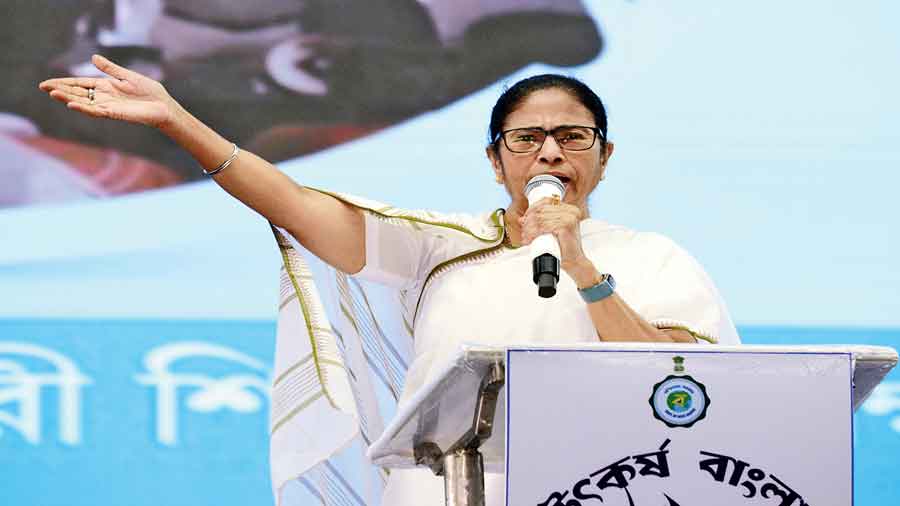
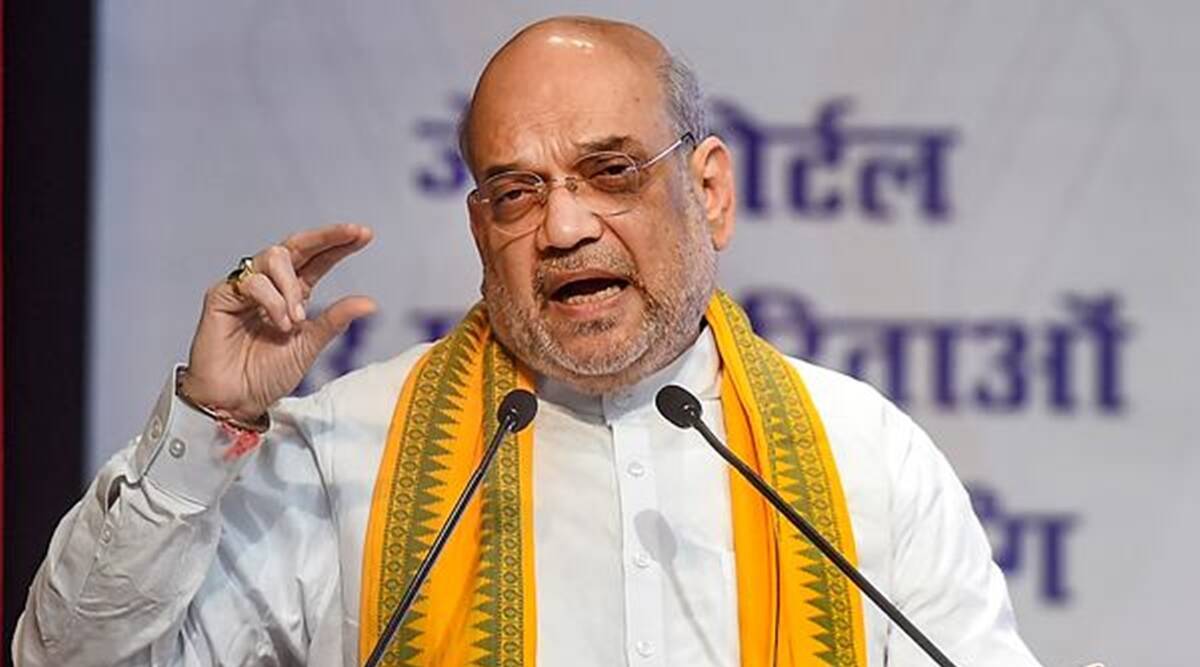

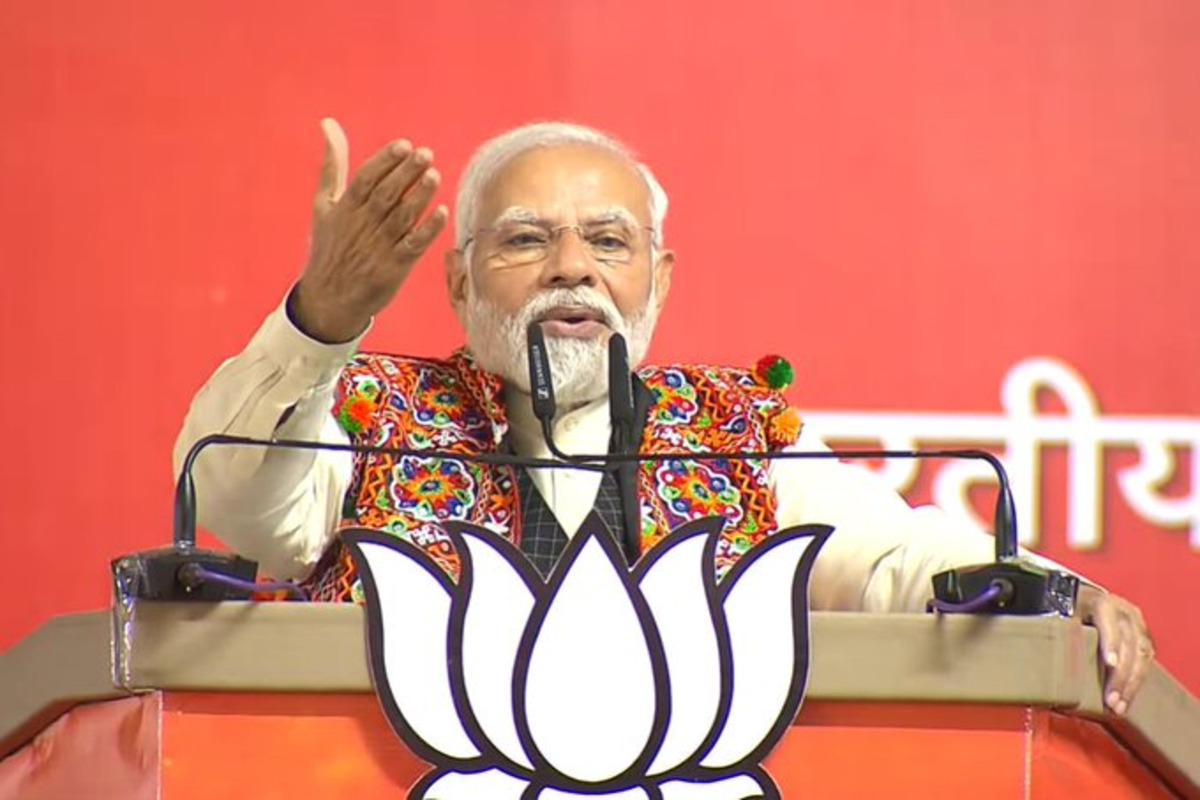

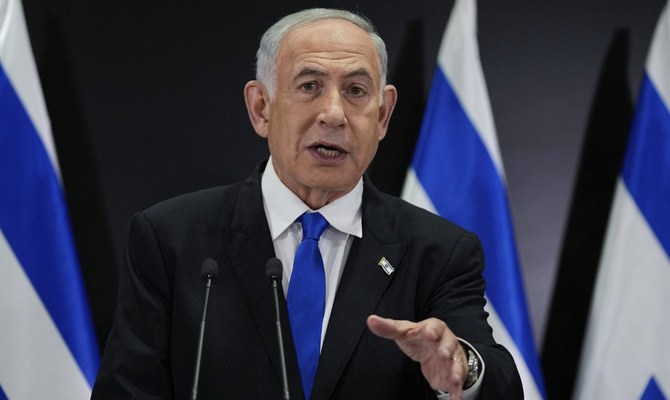









Comments (0)